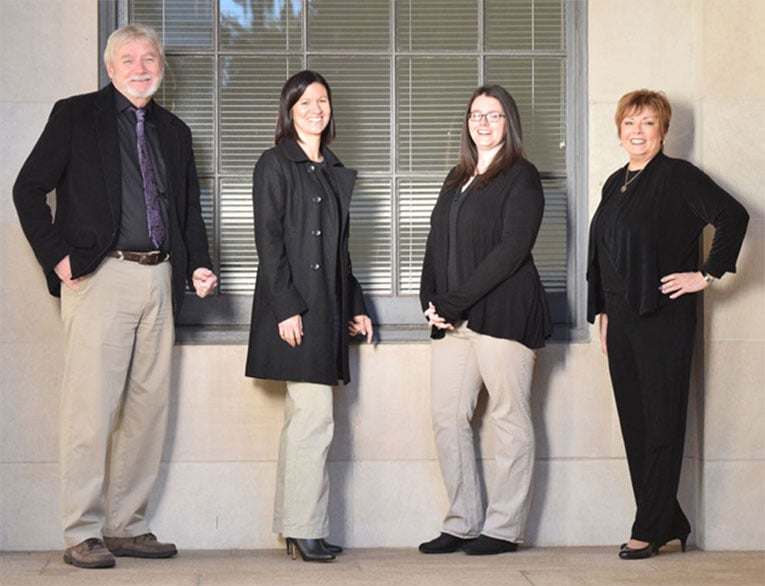Bankruptcy is a legal process that helps individuals and businesses manage overwhelming debt. There are two common types of bankruptcies for individuals: Chapter 7 and Chapter 13.
While both types of bankruptcy can help you find relief from debt, they differ significantly in their approach and outcomes.
Chapter 7 bankruptcy
Chapter 7 bankruptcy is a “liquidation” or “straight bankruptcy” and is available to qualifying individuals who have limited income and unsecured debts that they cannot repay. In Chapter 7, you may need to turn over non-exempt assets to pay off your creditors. However, certain property exemptions protect some of your assets, like your primary residence, personal items and essentials.
Once you sell your non-exempt assets, the remaining eligible debts undergo discharge, meaning you no longer have a legal obligation to repay them. This includes credit card debt, medical bills and personal loans. Chapter 7 bankruptcy is usually a relatively fast process, taking between about three and six months to complete.
Chapter 13 bankruptcy
Chapter 13 bankruptcy is available to individuals with regular income who want to create a manageable plan for repaying their debts. In Chapter 13, you work with the court to create a three-to-five-year repayment plan outlining how you will pay back your creditors. This plan includes secured debts like mortgages and car loans, as well as unsecured debts.
Unlike Chapter 7, Chapter 13 does not involve selling your assets. You can keep your property as long as you follow the repayment plan. Chapter 13 also does not have an income threshold for eligibility. It is open to individuals with regular income, even if it exceeds the state’s median income.
While both Chapter 7 and Chapter 13 bankruptcy filings help consumers find relief from overwhelming debt, the Motley Fool notes that 70% of people who file for bankruptcy file for Chapter 7. Ultimately, the choice of which consumer filing to use depends on your financial situation and your goals for managing your debt.


